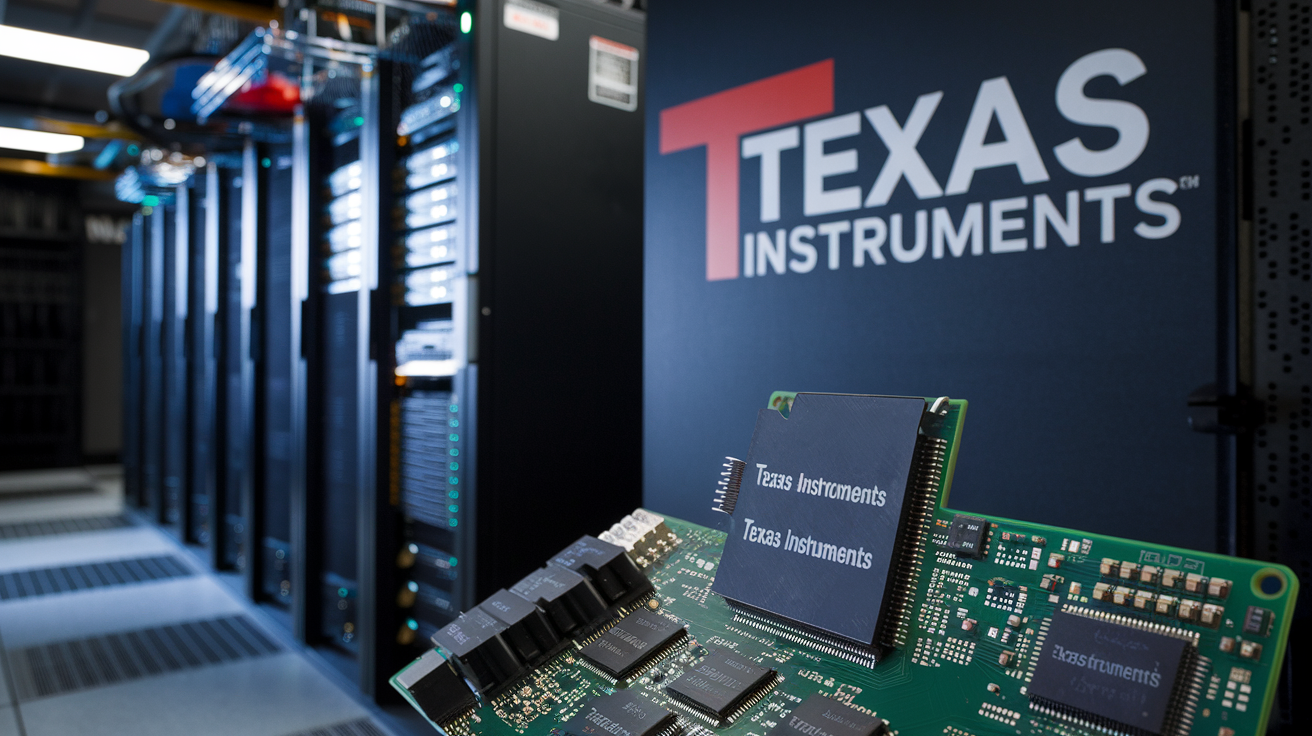Texas Instruments (TI) has recently introduced significant advancements in 800V data center technology, presenting a new 30kW 800Vdc Open Rack voltage source. This compact unit, measuring 800 x 160 x 32mm, integrates a three-phase mains input into an innovative three-level flying capacitor power factor correction converter.
Design of Voltage Source
The design incorporates a dc bus that feeds two three-phase delta-delta isolated LLC converters. These converters are capable of delivering either ±400Vdc or 800Vdc outputs. A notable feature of the flying capacitor front-end is its ability to effectively double the switching frequency, which plays a critical role in minimizing the size of the input inductor.
Architectures for Voltage Conversion
On the output side, TI explored various architectures for converting the 800Vdc to a more manageable 12.5V within the data center racks. One proposed solution resembles a concept previously discussed by Power Integrations, featuring a single 64:1 intermediate bus converter that drops the voltage from 800V to 12.5V in a single step.
Single-Stage Converter Extension
Expanding on this idea, TI introduced a single-stage 128:1 converter designed to produce a 6.25V rail specifically for processor PCBs. This system boasts an impressive estimated peak efficiency of 89% for the conversion from 800V to core voltage, excluding losses associated with the printed circuit board (PCB).
This lower voltage facilitates the onboard regulator’s operation at higher frequencies, leading to a design compact enough to allow power delivery from beneath the processor, effectively utilizing the opposite side of the board for connections.
Challenges with High Current Outputs
However, TI acknowledged the challenges associated with this architecture, particularly regarding the output current of the 128:1 converter. At 6.25V, the output current could range from 2.4 to 3.2kA, which raises concerns about maintaining board losses below 1 or 2%. Achieving this efficiency would necessitate the use of substantial conductors, such as busbars, to handle the high current flows.
Alternative Two-Stage Scheme
For those looking to stay closer to existing systems, TI presented an alternative two-stage power architecture. This approach utilizes an isolated 16:1 converter to generate 50V, followed by a non-isolated 4:1 converter that delivers 12.5V. An optional 8:1 converter can also be used to produce 6.25V.
Following the 16:1 isolation stage, TI indicated that the remaining power architecture would maintain a familiar structure akin to the current 48Vdc computing trays, allowing for multiple variations based on specific data center requirements.
With these developments, Texas Instruments aims to push the boundaries of data center efficiency and power management. The innovations discussed in TI’s white paper on 800V data centers highlight both the potential and challenges of implementing high-voltage systems in modern computing environments.
